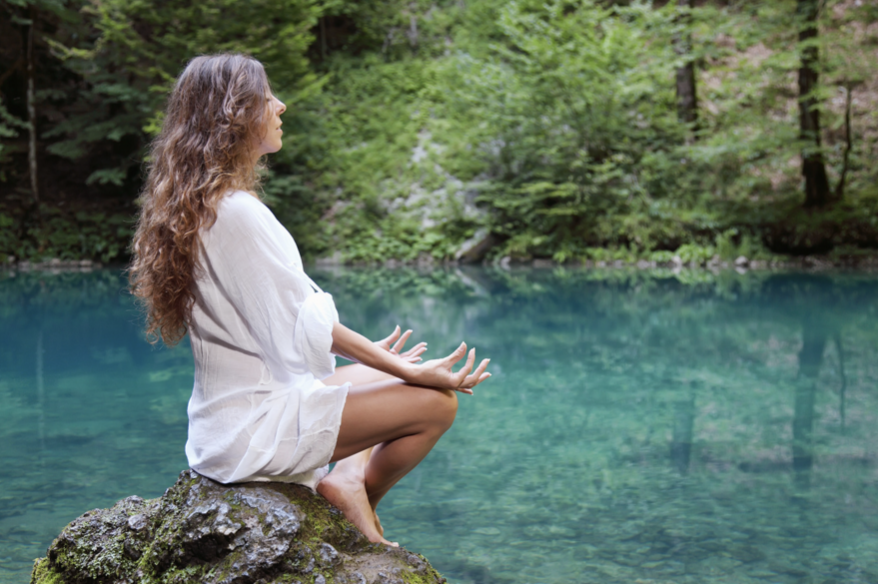From The Atlantic, Nature Therapy Is A Privilege by Julie Beck:
As the empirical evidence mounts, nature-as-medical-treatment is catching on. “Ecotherapy” is a burgeoning field, and some doctors even write prescriptions for time spent in parks, as my colleague James Hamblin wrote in 2015.
It is the unqualified result of all my experience with the sick, that second only to their need of fresh air is their need of light; that, after a close room, what hurts them most is a dark room. And that it is not only light but direct sun-light they want… People think the effect is upon the spirits only. This is by no means the case…Without going into any scientific exposition we must admit that light has quite as real and tangible effects upon the human body.
The light certainly feels tangible here, snuggled in the bosom of the Rockies. There are still stripes of snow on the mountains, which are peppered here and there with fistfuls of pipe-cleaner pine trees. There is a sparkling lake in the valley, and the rushing sound of a hidden waterfall off to our right. The morning mountain air is thin and cold, but fresh, and the smell of pine is so strong that it seems fake. It smells like someone has strapped a got-dang Yankee Candle to my nose. I discreetly sniff the woman next to me to be sure she’s not just wearing a really strong perfume.
A 2008 study found that the percent of Americans who participate in outside activities like camping, fishing, or hunting has been decreasing by about 1 percent a year since the late 1980s. A survey done in the U.K. found that 70 percent of adults remembered doing most of their “adventurous play” outside, while only 29 percent of kids said the same. And, at least in 2001, when the Environmental Protection Agency did its National Human Activity Pattern Survey, adults spent 87 percent of their time indoors in buildings, and another 6 percent of their time in vehicles.
“That goes to this issue of who has access to nature, and who can gain access,” says Michael Dorsey, the senior program officer for sustainability at the National Academies of Sciences, Engineering and Medicine. “The decline is differential, based on socioeconomic differences, on race, and on class.” As more people move to urban areas, nature gets farther away. And it’s easier to get to the nature if you have the money to pay for the gas to drive there, for the park entrance fee, for camping gear. When coming up with prescriptions for nature, Dorsey says, “we also have to do that in a political economic context.”
That means making nature available for people who can’t trek to the mountains—making it part of people’s day to day lives. Williams brings up Frederick Olmsted, the designer of Central Park. “His greatest lasting legacy,” she says, “is what he understood about how human communities really need nature, not just to make us feel better. We need these green spaces for democracy. It becomes a ground for the mixing of different classes, different ethnicities. It wasn’t just about the aesthetics—it was about what it meant for the way we socialize with each other, the way we live together.”

2 thoughts on “Nature Therapy: It’s a thing….”
Pingback: Geomancy: if we listen, nature speaks to us - Mary wutz
Pingback: DIY: Spring Equinox Flower Bath - Mary Wutz